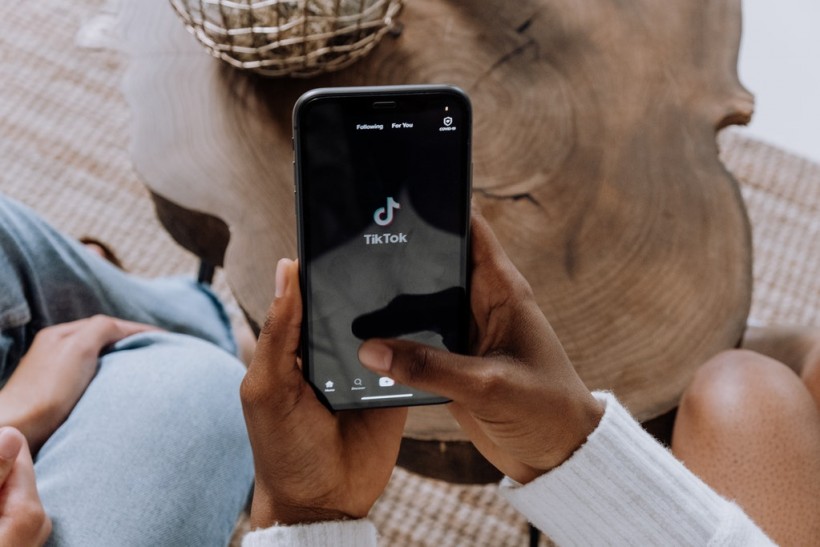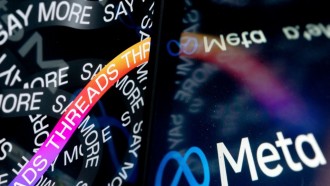Since it became widely known to people, TikTok has been bringing different kinds of challenges back and forth. The latest is the Blackout Challenge, where a user will choke himself/herself until he/she passes out.
For those who are regular visitors to the platform, the challenge is 100% dangerous. Recently, a 12-year-old succumbed due to this challenge his nearly three-week stay in the hospital while on life support.
If you are wondering how these challenges quickly spread, the growing peer pressure could be the reason why they persist in social media in the first place.
Blackout Challenge Death on TikTok

This April, the famous Blackout Challenge has led to the quick demise of a 12-year-old boy from Colorado. Joshua Haileyesus was the latest victim of the challenge.
According to a previous report by Screen Rant, Joshua's family is seeking assistance for his medical and funeral expenses through a posting on the GoFundMe page
What happened to Joshua is not the first case of a gruesome and untimely passing of a child. In fact, a 10-year-old girl from Italy has perished in January after suffocating herself as part of the trending challenge.
Read Also: TikTok Silhouette Challenge No Filter Tutorial: How to Remove Red Filter
Doing challenges on the internet is good only if the users could benefit from trying them. However, what is currently happening on TikTok is the opposite since it will only cause harm to the curious person.
One example of a good challenge in TikTok is the Ice Bucket Challenge which became popular in 2014. Another one is the dance challenge called InMyFeelings which gave the people a lot of good summer vibes.
While it's cool to access social media, the peer pressure brewing in it continues. Most importantly, young people are quickly getting used to doing trends without assessing the risks that could occur.
As per Mitchell Prinstein, the American Psychological Association chief science officer, children are more vulnerable to peer pressure. Now with the pervasive influence from social media, it only continues to intensify among them.
Teenagers tend to demonstrate a challenge they believe will not hurt them. This only skyrockets their chance to try the challenge without considering the potential danger. The reactions and comments to their posts also increase the likelihood of doing it.
What Drives Peer Pressure?
Even before the pandemic, children would consider going home to rest from the stress of school. However, the time has evolved and they now find comfort more in social media than in their real home.
"Social media is unique in that it provides a public forum with a large audience, immediate access to peers, and quantifiable feedback in the form of likes, views, and comments," a human behavior and psychiatry professor, Jaqueline Nesi said.
According to USA Today, four factors contribute to the driving force of peer influence, as per Prinstein.
Overt peer pressure
For instance, this happens when your friend tells you to unfriend you if you do not do this trend.
Deviancy training
There are times that children perceive some actions as cool even though it means bypassing some rules in morality.
Misestimation of norms
Teens mostly think that all people are following a trend where in fact, it only comes from few people. They see doing it as normal so they will feel a sense of belongingness in the society.
Identity enhancement
A good example of this is receiving hundreds of likes. In the mind of an adolescent, this is a positive reinforcement that he/she should achieve.
On top of all these challenges, parents should always watch for the content that their children view. This time, teaching a child how to be a responsible social media user should be a priority to avoid such dangerous trends unsuitable for the young audience.
Related Article: TikTok 'Back Crack Challenge': How to Do it and Is it Safe?
This article is owned by Tech Times
Written by Joseph Henry









